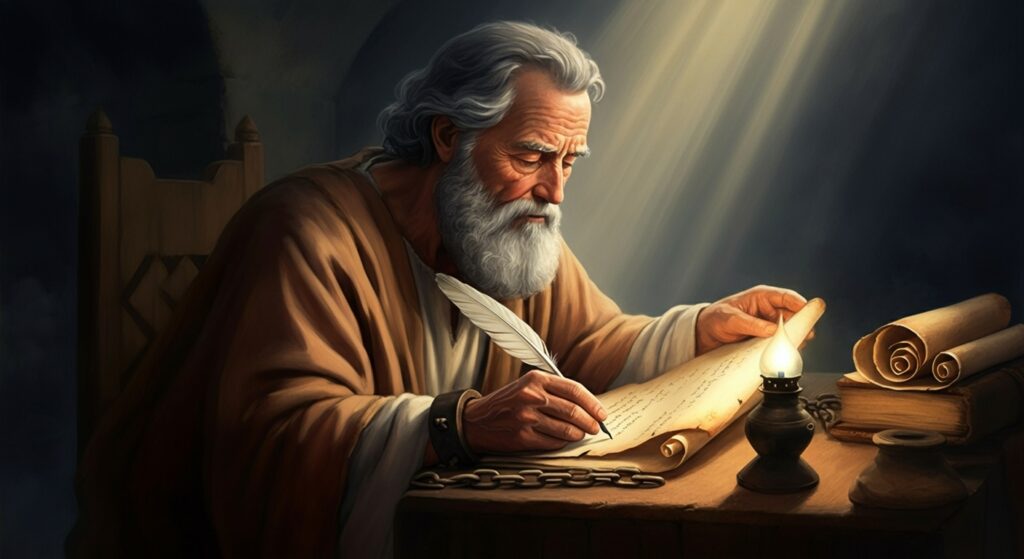
First Apology, Chapter 6
Hence are we called atheists. And we confess that we are atheists, so far as gods of this sort are concerned, but not with respect to the most true God, the Father of righteousness and temperance and the other virtues, who is free from all impurity. But both Him, and the Son (who came forth from Him and taught us these things, and the host of the other good angels who follow and are made like to Him), and the prophetic Spirit, we worship and adore, knowing them in reason and truth, and declaring without grudging to every one who wishes to learn, as we have been taught. – First Apology, Chapter 6
Scholars: Revisiting Shabir Ally’s Distortion of Justin Martyr Pt. 1
Justin in context: Revisiting Shabir Ally’s Distortion of Justin Martyr Pt. 2
Dialogue with Trypho, Chapter 88
And then, when Jesus had gone to the river Jordan, where John was baptizing, and when He had stepped into the water, a fire was kindled in the Jordan; and when He came out of the water, the Holy Ghost lighted on Him like a dove, [as] the apostles of this very Christ of ours wrote. – Dialogue with Trypho, chp. 88
Objection:“Where in the New Testament did the Jordan River catch on fire? The apostles of this very Christ of ours wrote the Gospels, yet none mention such an event. It seems Justin Martyr was quoting from a different Gospel than Matthew, Mark, Luke, or John.”
Response: This objection makes several unfounded assumptions. It overlooks the fact that multiple ad hoc conclusions can be drawn from Justin’s statement conclusions that lack any supporting evidence from Scripture or established scholarship. Such reasoning is ad hoc precisely because it constructs speculative explanations without textual or historical grounding, projecting more onto Justin’s words than the evidence allows.
The Church Fathers themselves were not infallible and could make mistakes. This also means that the Church, apart from the authority of an ecumenical council guided by the Holy Spirit, is not inherently infallible in every individual opinion or interpretation. It is certainly possible that Justin Martyr drew upon an external or now-lost source; however, this cannot be stated as an absolute fact.
A more reasonable explanation without resorting to ad hoc speculation is that Justin was employing Haggadic interpretive methods, which were common in his time. Such methods were used to draw theological insights or symbolic applications from Scripture rather than to assert literal historical claims. In this context, Justin’s reference to “fire in the Jordan” could have been a figurative illustration meant to communicate a deeper theological truth to his readers.
Many scholars have observed this interpretive approach, including John McClintock, James Strong, and David H. Stern, among others, noting that this form of exegesis sought to illuminate Scripture without altering its textual integrity.

